Kambojaric
MODERATOR

- Joined
- Apr 6, 2010
- Messages
- 5,474
- Reaction score
- 16
- Country
- Location




Uzungöl | Trabzon
Breathtaking. Like a little piece of heaven

Follow along with the video below to see how to install our site as a web app on your home screen.
Note: This feature may not be available in some browsers.





Uzungöl | Trabzon


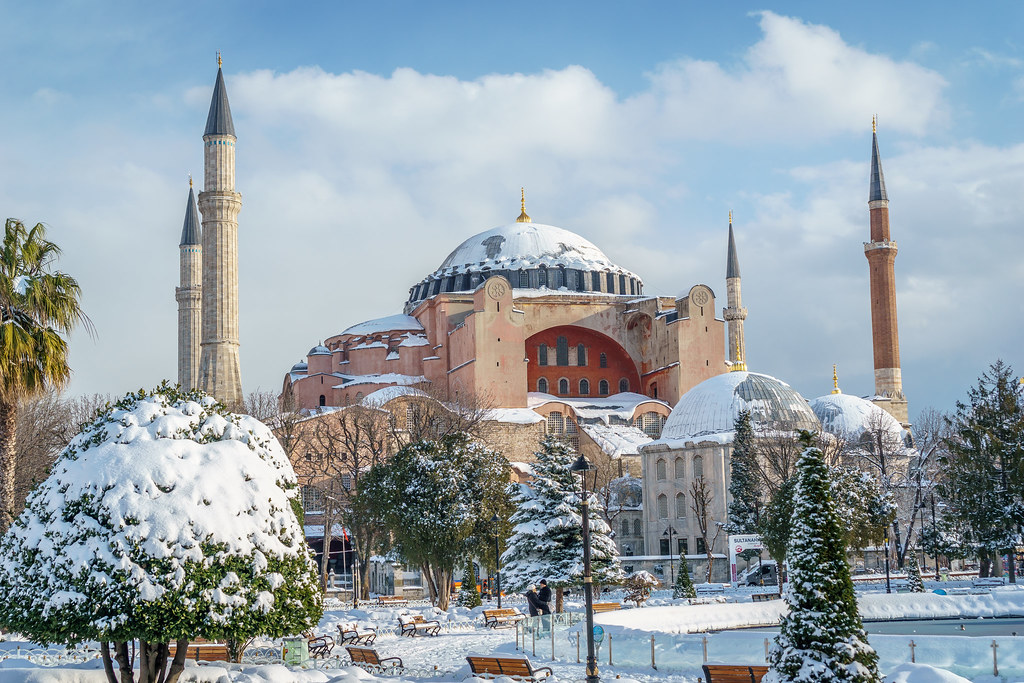







 #world #turkey #karadeniz #rize by Ahmet Bilgin, on Flickr
#world #turkey #karadeniz #rize by Ahmet Bilgin, on Flickr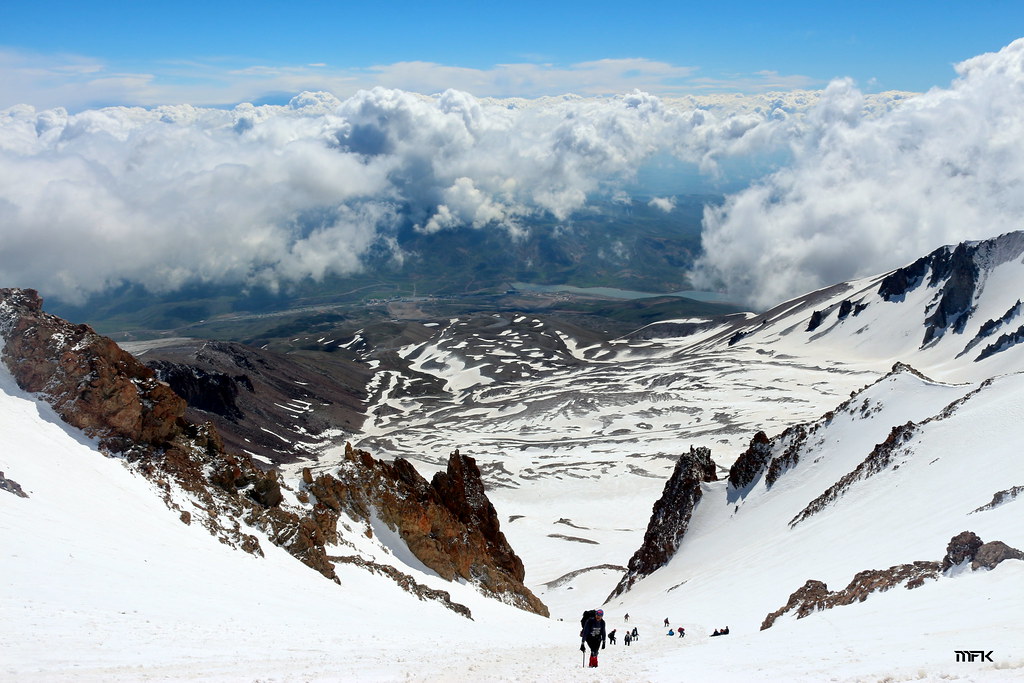
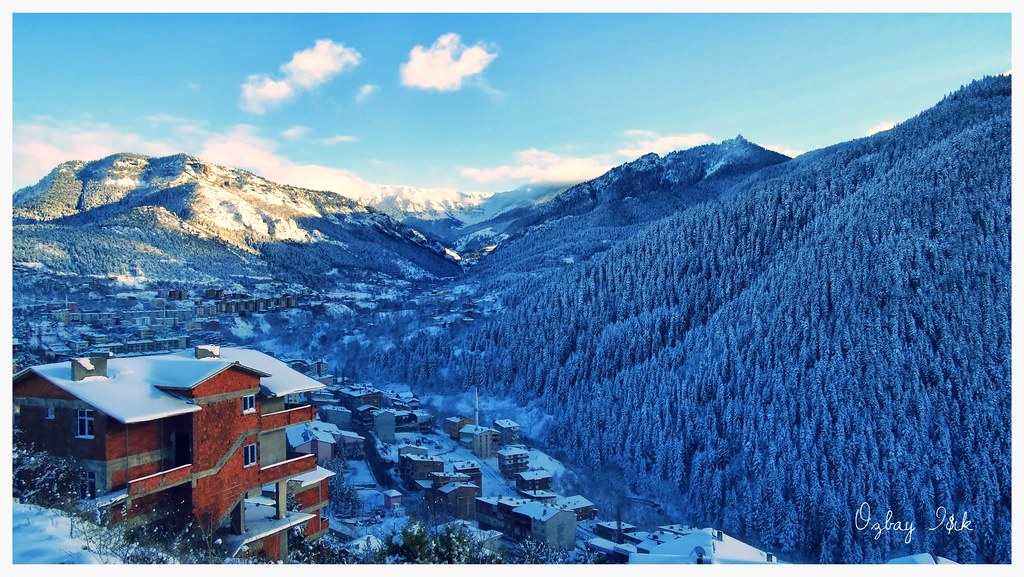

New Recruit

















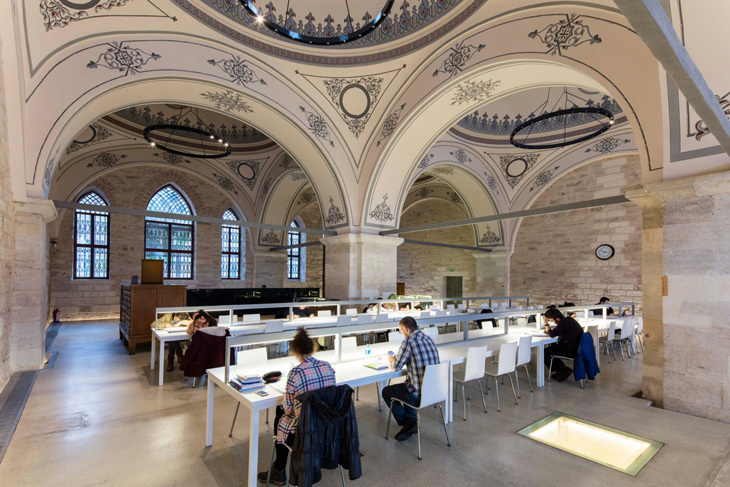

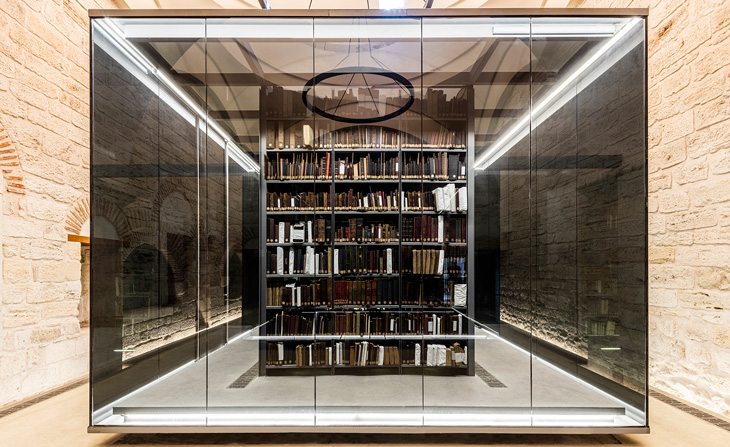












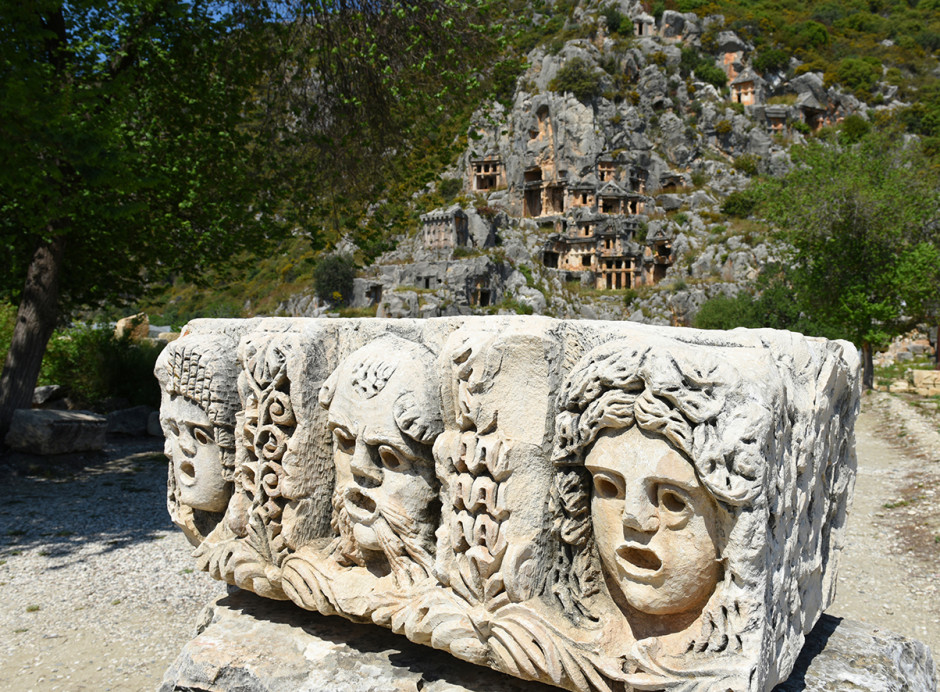

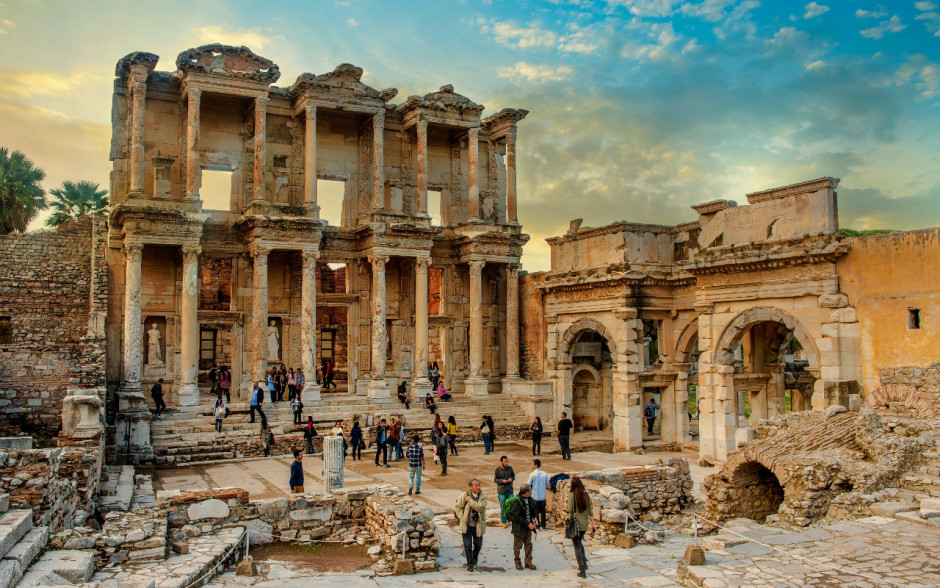


Next week, Fetiye for 10 days. Hope it can hold what it promised.


